The best time to visit Iceland depends on your preferences. If you want to see the mesmerizing Northern lights, plan your trip between September and March. Alternatively, visit between June and August if you want to enjoy summer activities and experience the midnight sun. During summer, you’ll encounter warmer weather, lush green landscapes, and opportunities for animal sightings. On the other hand, winter is perfect for witnessing the Northern lights and relaxing in Iceland’s renowned geothermal spas, which tend to be less crowded. Call +971-4256-2434 and book your Iceland tour packages from Dubai.
Iceland by month
Janaury
Despite the mid-winter weather and short days, you can explore ice caves and witness the Northern Lights in January. Alternatively, you can participate in the Thorrablot festival, which honors Icelandic ancestors. Consider joining locals on a historical Icelandic food tour featuring hangikjot (flavored smoked lamb) and Brennan (a local distilled beverage).
Best for: Þorrablót Mid-winter Festival and ice caves.
February
February is an excellent time to visit Iceland for exciting food and cultural events. Reykjavik hosts two festivals: Winter Lights and Food & Fun. These festivities can add some joy to the coldest and wettest months of the year. Don’t forget to keep an eye out for the Northern Lights!
Best for the Winter Lights Festival and the best time to visit Iceland to see the northern lights.
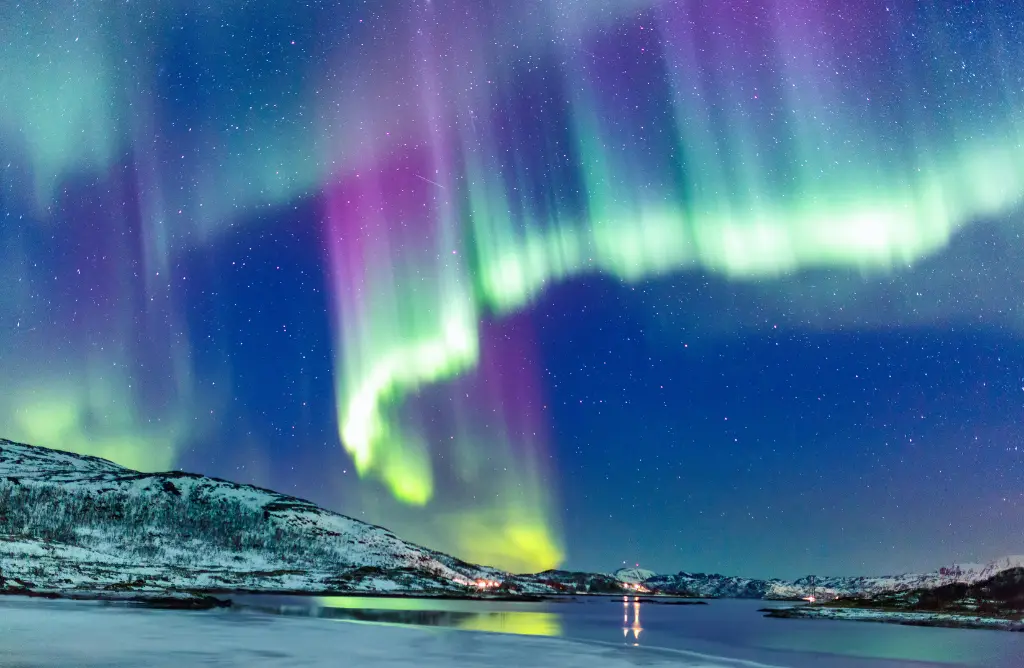
March
March: March brings longer and brighter winter days, making it ideal for winter sports. Whether you’re into downhill or cross-country skiing, snowboarding, snowshoeing, or hiking, the nearest mountain is just a 20-minute drive from Reykjavik.
Best for: Northern Lights, winter sports, Iceland Winter Games, and the Annual Beer Festival.
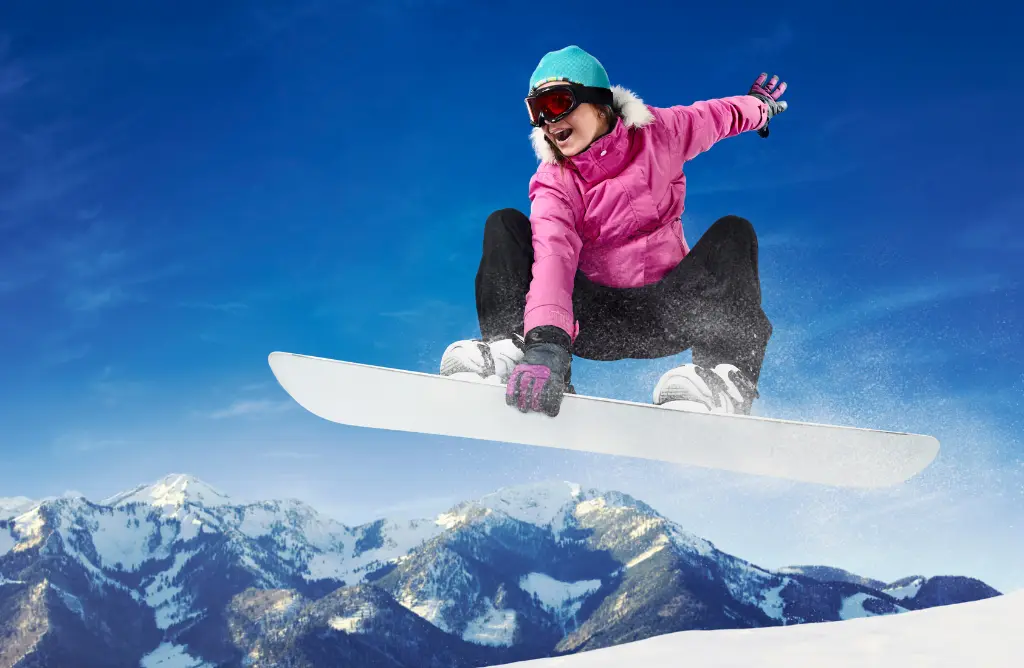
April
April marks the start of spring in Iceland. It’s a breathtaking time when several local bird species return, including the world-renowned puffins and golden plovers. Visit during this month for lower off-season prices and fewer tourists. Keep in mind that the weather can still be unpredictable, with a mix of rain, snow, hail, or sunshine. Pack accordingly!
Best for puffins and golden plover migration, The Golden Circle, and smaller crowds.
May
In May, Iceland transitions from cold winter to milder temperatures, ranging between 32°F and 50°F. Snow becomes less likely. Towards the end of May, you’ll experience up to 20 daylight hours, making it an ideal time for outdoor adventures. Consider taking a lava cave tour, hiking across a glacier, snorkeling or scuba diving in Iceland’s pristine waters, or even horseback riding through the countryside.
Best for: whale watching, nature adventures, and long days.
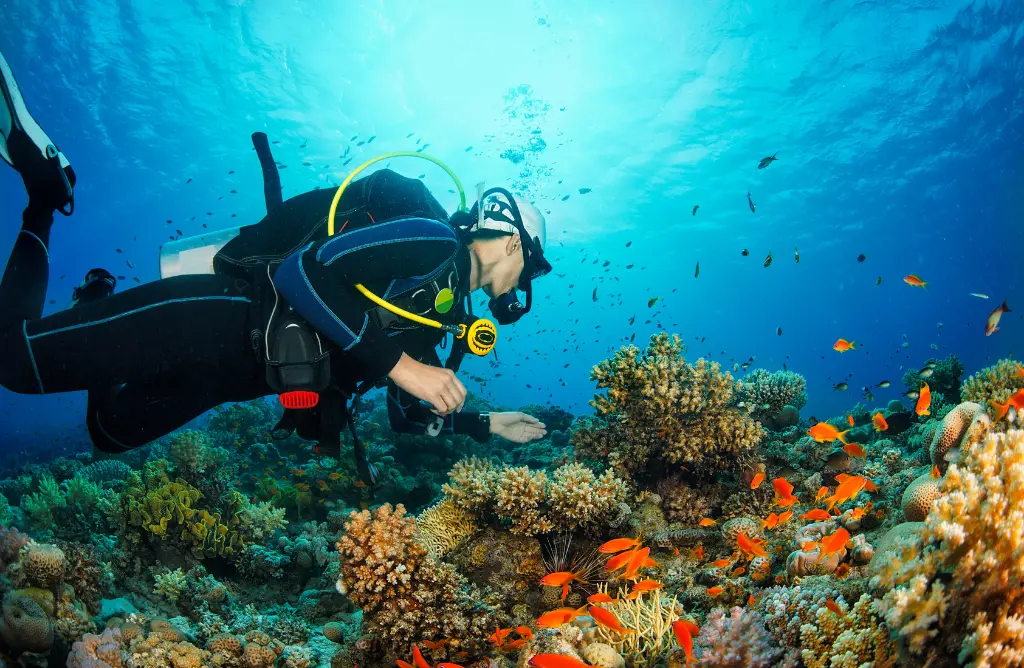
June
Summer arrives in June, bringing longer days and the peak travel season. Prices are higher, and attractions are busier. It’s an excellent time to explore Iceland’s natural wonders. Additionally, cultural, music and environmental festivals abound. Don’t miss the chance to witness the famed midnight sun phenomenon at the end of May and the beginning of June—just remember to bring a good sleeping mask!
Best for: midnight sun, Hafnarfjörður Viking Festival, National Holiday of Iceland, Fisherman’s Day, and the opening of some highland roads.
July
July is the busiest tourist month in Iceland. With abundant sunshine, green landscapes, and extended daylight, it’s perfect for immersing yourself in bustling city life or exploring the vibrant natural scenery. For a slightly less crowded experience, consider booking your trip at the start of the month before local schools break for summer vacation.
Best for Braðslan, nature photography, and long days.
August
Visiting Iceland in August grants full access to the country’s wilderness, as areas that were inaccessible during winter are now open. August is one of the hottest months, although the weather remains unpredictable at times. It’s an ideal time to explore the rugged and idyllic terrain of glaciers, volcanoes, hot springs, and waterfalls in the Icelandic wild. If nature isn’t your preference, the local scene offers plenty of events and attractions to fill your itinerary.
Best for Reykjavik Pride, Reykjavik Culture Night, National Festival, Verslunarmannahelgi, Þjóðhátíð, and wilderness exploration.
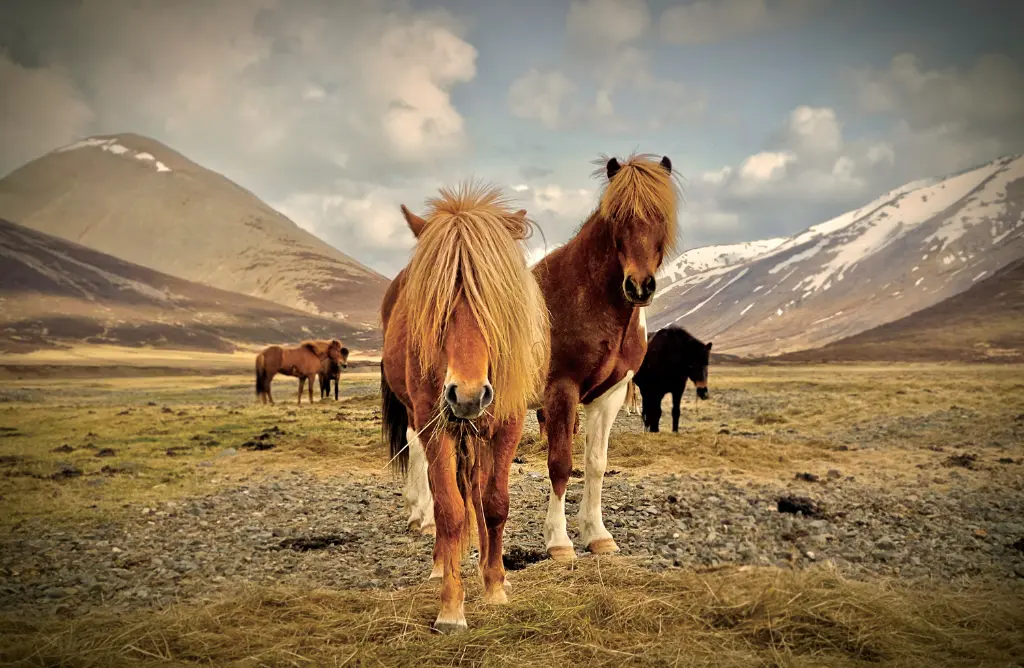
September
As summer winds down, September in Iceland still offers temperatures ranging between 40°F and 50°F. With most tourists heading home, you’ll enjoy lower prices and shorter lines at attractions. If you’re a music or film enthusiast, this is a great time to visit. Keep in mind that some highland roads will close by the end of the month in preparation for winter.
Best for: fewer crowds and mild weather.
October
October brings vibrant autumnal colors to Iceland as temperatures drop and leaves fall. As the colder months set in, the best time of year to visit Iceland for northern lights —they’re easily visible during this time, especially away from city areas without cloud cover.
Best for Northern Lights and berry picking.
November
November shifts into full winter mode with decreasing temperatures and shorter daylight hours. It’s a scenic time to visit Iceland’s hot springs, where you can relax amidst the white-blanketed scenery. Additionally, the reformation of ice caves makes November perfect for exploring these chilly blue caverns and stunning glaciers.
Best for: hot springs, ice caves, and Northern Lights.
December
Looking to celebrate the new year? Iceland’s eclectic music scene and picturesque Christmas villages offer day-to-night entertainment. While December is one of the coldest and windiest months, the Northern Lights often grace the skies. Just be aware that some hotels, services, and attractions may be closed during the winter season.Best for: New Year’s Eve, frozen waterfalls, glacier exploration, Christmas villages and festive lights.
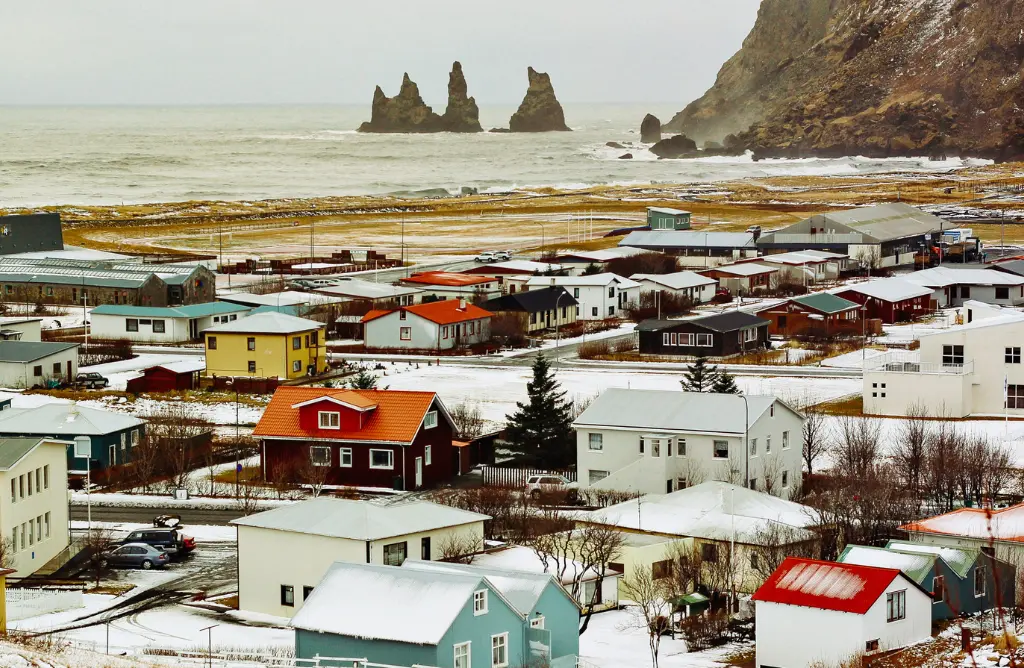
Call +971-4256-2434 and book your Iceland tour packages.




… [Trackback]
[…] Information to that Topic: thetravelmakers.ae/blogs/best-time-to-visit-iceland/ […]
… [Trackback]
[…] Find More on that Topic: thetravelmakers.ae/blogs/best-time-to-visit-iceland/ […]
… [Trackback]
[…] Read More here on that Topic: thetravelmakers.ae/blogs/best-time-to-visit-iceland/ […]
… [Trackback]
[…] There you will find 61772 more Info on that Topic: thetravelmakers.ae/blogs/best-time-to-visit-iceland/ […]
… [Trackback]
[…] Find More on to that Topic: thetravelmakers.ae/blogs/best-time-to-visit-iceland/ […]
… [Trackback]
[…] Read More here to that Topic: thetravelmakers.ae/blogs/best-time-to-visit-iceland/ […]
… [Trackback]
[…] Find More on that Topic: thetravelmakers.ae/blogs/best-time-to-visit-iceland/ […]
… [Trackback]
[…] Find More here to that Topic: thetravelmakers.ae/blogs/best-time-to-visit-iceland/ […]
… [Trackback]
[…] Find More here on that Topic: thetravelmakers.ae/blogs/best-time-to-visit-iceland/ […]
… [Trackback]
[…] Info to that Topic: thetravelmakers.ae/blogs/best-time-to-visit-iceland/ […]
… [Trackback]
[…] Here you will find 2858 additional Info to that Topic: thetravelmakers.ae/blogs/best-time-to-visit-iceland/ […]
… [Trackback]
[…] Read More on on that Topic: thetravelmakers.ae/blogs/best-time-to-visit-iceland/ […]
… [Trackback]
[…] Read More here on that Topic: thetravelmakers.ae/blogs/best-time-to-visit-iceland/ […]
… [Trackback]
[…] Read More here on that Topic: thetravelmakers.ae/blogs/best-time-to-visit-iceland/ […]
… [Trackback]
[…] Read More on that Topic: thetravelmakers.ae/blogs/best-time-to-visit-iceland/ […]
… [Trackback]
[…] There you will find 39288 additional Information on that Topic: thetravelmakers.ae/blogs/best-time-to-visit-iceland/ […]
… [Trackback]
[…] Read More here to that Topic: thetravelmakers.ae/blogs/best-time-to-visit-iceland/ […]
… [Trackback]
[…] Find More to that Topic: thetravelmakers.ae/blogs/best-time-to-visit-iceland/ […]
… [Trackback]
[…] Find More to that Topic: thetravelmakers.ae/blogs/best-time-to-visit-iceland/ […]
… [Trackback]
[…] Find More Info here to that Topic: thetravelmakers.ae/blogs/best-time-to-visit-iceland/ […]
… [Trackback]
[…] Read More to that Topic: thetravelmakers.ae/blogs/best-time-to-visit-iceland/ […]
… [Trackback]
[…] Here you can find 6260 additional Info to that Topic: thetravelmakers.ae/blogs/best-time-to-visit-iceland/ […]
… [Trackback]
[…] Here you can find 2027 more Info on that Topic: thetravelmakers.ae/blogs/best-time-to-visit-iceland/ […]
… [Trackback]
[…] Here you can find 58483 more Info on that Topic: thetravelmakers.ae/blogs/best-time-to-visit-iceland/ […]
… [Trackback]
[…] Read More Info here to that Topic: thetravelmakers.ae/blogs/best-time-to-visit-iceland/ […]
… [Trackback]
[…] Info to that Topic: thetravelmakers.ae/blogs/best-time-to-visit-iceland/ […]
… [Trackback]
[…] Read More Info here to that Topic: thetravelmakers.ae/blogs/best-time-to-visit-iceland/ […]